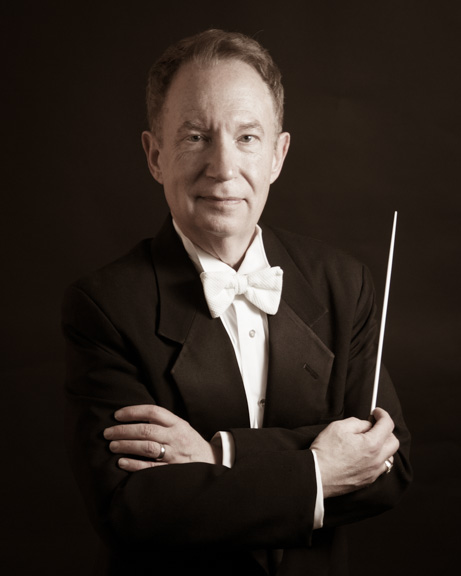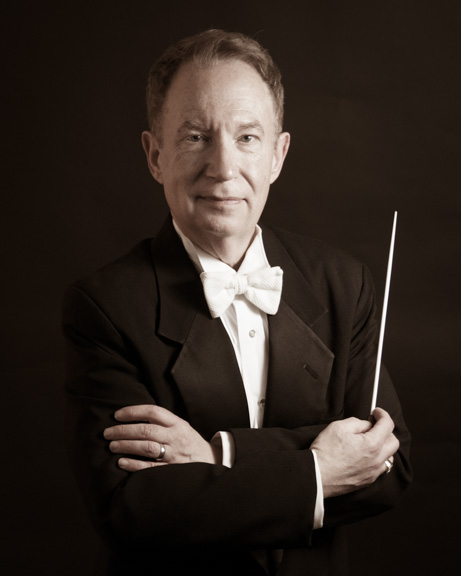 Our choral art is unlike any other because of one aspect above all: the inescapable presence of text. The real impact of choral music comes from the power of text, because text is where story dwells. As a result, we must convincingly tell the story of each song we offer. What makes this possible is musical line. Without line in our singing—the kind of dramatic forward motion that makes the conclusion of what we sing sound inevitable—we are just a group of people singing notes on time and in tune.
Our choral art is unlike any other because of one aspect above all: the inescapable presence of text. The real impact of choral music comes from the power of text, because text is where story dwells. As a result, we must convincingly tell the story of each song we offer. What makes this possible is musical line. Without line in our singing—the kind of dramatic forward motion that makes the conclusion of what we sing sound inevitable—we are just a group of people singing notes on time and in tune.
Choral conductors have an advantage their singers do not enjoy: the luxury of time. In the crunch of rehearsal, time is the most precious commodity and the one we have the least of. We invest a lot of energy getting notes, rhythm, and diction right. And we should: they’re the basic materials which contain the story we want to tell and the meaning we want to give away to the audience.
But the larger aspect is often overlooked, and it’s actually the one that makes the greatest difference. That aspect is horizontal, not vertical: the long melodic through-line of the music. No less an authority than Johannes Brahms (who spent years conducting amateur choirs) insists this is so. “There is no such thing as harmony,” Brahms opined, “there is only counterpoint.”
Our art only exists in the present, in the instant that the music is actually made, and it always unfolds across time (or a series of instants, if you will). This process of revelatory unfolding is ultimately what creates musical line, a story that has a trajectory—a beginning, a middle, and an ending. No matter what its shape may be, music (and musical line) is always purposeful, always intentional.
As conductors, we want to ensure that our understanding of text gets shared with our singers in a way that informs their response to the story being told and their eventual performance of it. There is an effective method to do just this, but before sharing it, I want to briefly consider what melody does and how it operates.
Melody creates line’s shape, which is why it is the single musical element most audiences remember (when’s the last time you heard someone leave Mass whistling a harmonic progression?). Harmony matters, to be sure. It provides the energy that drives the musical line forward, the power that enables the beginning to find and reach the end in convincing fashion.
But melody comes first and lingers longest. In the end, there are only five prototypical melodic shapes: rising, falling, rainbow, soup bowl, and axial (or sine-wave, sometimes called undulating). These shapes can be represented graphically as follows:
Virtually any melody we sing will be one of these basic shapes or some combination of them. Yet what they have in common is more important than how different they may initially appear.
Every note in a melody has direction. It goes somewhere. And where does it go? It goes forward. It goes to the end of the phrase, the end of the line, the end of the piece. “Every note,” said Robert Shaw, “belongs forward. It always leans ahead into the last one.” Why? Because energy is vibration, which means that it is never static. Our choral art is about vibration: energy released and set into motion.
Sometimes energy is gathered, of course—but the only reason for gathering energy is to release it. Physicists call these two forms of energy “potential” and “kinetic.” Understanding line as managed energy flows is the basis for various note grouping schemes developed by oboist Marcel Tabuteau, theorist James Thurmond, and conductor Weston Noble, among others.
What else creates a sense of forward motion and arrival (the “peak” or “goal” or “climax point”) of a phrase? Duration is one factor to consider: the sound that remains in our ears the longest is often where the line tends to go. Pitch is another: the highest note frequently demands (and gets) the most attention. A basic law of acoustics states that as pitch speeds up, amplitude increases. When a musical line “rises,” it normally gets “louder.” The opposite is equally true.
A third factor in creating musical line is harmonic motion, especially cadential pressure that builds and resolves tension from the beginning to the end of a phrase. Finally, there is an aesthetic or stylistic element that interestingly shifts over time: Baroque and Romantic phrases usually climax late. Renaissance and Classic phrases frequently peak in the middle.
So how do we get this thinking into the minds and hearts of our singers? That’s the crucial task—transferring responsibility for creating musical line from the conductor to the singers. In my experience, one effective way to accomplish this is to regularly ask, “Where do you think you’re going?” There is real power in this little phrase if we unpack all its dimensions, like this:
Where: reminds singers that musical line is goal-oriented and purposeful.
There is a goal: where is it?
Do You: reinforces the transfer of ownership and volition.
It’s not the conductor who creates musical line: you do!
Think: underscores that locating the goal of the phrase is deliberate and intentional.
Musical line is neither incidental nor accidental: it’s a matter of thinking.
You’re Going: suggests that insight alone is insufficient.
Personal, deliberate expenditure of energy is required.
In the end, what we pay attention to is what our choirs will value most. If we can make it a normal part of our rehearsing to consider not just what we’re singing, but where it’s going (and how it gets there), we will be much closer to the kind of singing that tells the story … and changes lives.
Dr. Jerry Custer teaches theory, composition, and graduate choral literature at Wayne State University in Detroit, directs the music program at First Presbyterian Church in Farmington Hills, and conducts the Seaway Chorale & Orchestra in Trenton. With composer Blake Henson, he is the author of The Composer’s Craft: Practical Advice for Students and Teachers (GIA Publications). For more information, go to www.geraldcuster.com.

